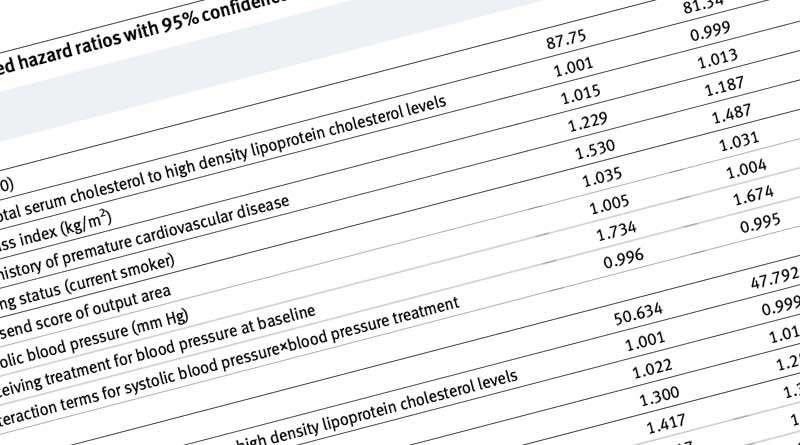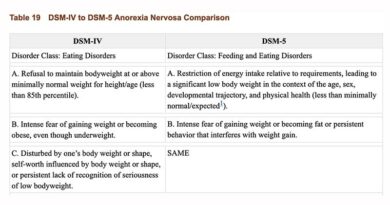The risk of CVD over the next 10 years

Executive Summary
Please login to view this content
Introduction
While the world continues to focus on one disease, it is worth remembering that COVID-19 is still a long way from becoming even a top 10 cause of death globally. The most recent list from the World Health Organization revealed that the top two causes of death worldwide in 2016 were the same as those in 2000 – ischaemic heart disease and stroke (Ref 1). These two combined are captured under the term Cardiovascular Disease (CVD) and between them they accounted for 15.2 million deaths in 2016.
This is why CVD has been the subject of so much research – especially over the past 60 years. A number of population studies started in the 1950s: The Seven Countries Study (Ref 2); the Western Electric Study (Ref 3); and the London Bank and Bus study (Ref 4). These epidemiological studies had the usual aim of following many people over a number of years to see which characteristics turned out to be associated with heart disease.
Had our scientific method for heart disease been robust, these population studies would have made observations and then these observations would have been tested in randomised controlled trials (RCTs). That didn’t happen in this field. RCTs started in the 1950s before the findings from studying populations had even been published. The first two RCTs were published in 1965 – the Rose Corn Oil Trial (Ref 5) and the Research Committee Low Fat diet (Ref 6). The latter started in 1957 – in parallel with the launch of many of the Seven Countries Study cohorts. It is interesting to note that while population studies were looking at many possible risk factors: blood pressure; smoking; cholesterol; blood glucose levels; diet; exercise; occupation; rural or city dwelling; age of death of father; coffee/alcohol intake; height; weight; skinfold measurements, etc., the RCTs were very narrowly focused on dietary fat.
CVD risk calculators
One of the most famous studies started before all of these. The Framingham Heart Study (FHS) started at the end of 1948 as a long-term epidemiological investigation into CVD. The purpose of the study was to determine the factors that influence the development of CVD. The original participants recruited were 5,209 men and women between the ages of 30 and 59 in the town of Framingham – approximately 20 miles west of Boston in Massachusetts.
The rest of this article is available to site subscribers, who get access to all articles plus a weekly newsletter.
To continue reading, please login below or sign up for a subscription. Thank you.




